Popular on Food52
49 Comments
Aguiartheresaj
July 24, 2019
I made these for the county fair and won a blue ribbon! To be fair, I was only competing against two others, but it was no contest. The only adjustments I made was to increase the brown sugar to 3/4 cup and I skipped the egg wash.
Very yummy!
Very yummy!
Jesse Y.
July 7, 2019
is it possible to do the overnight rise for the 2nd proof?
Also, re: those comments about not having a scale and 'not being professional bakers', you don't need to be professional to use a scale and using a scale is way more accurate than cups. Also, there are online converters, so no need to be snarky when free websites don't meet your needs entirely.
Also, re: those comments about not having a scale and 'not being professional bakers', you don't need to be professional to use a scale and using a scale is way more accurate than cups. Also, there are online converters, so no need to be snarky when free websites don't meet your needs entirely.
Brenda P.
January 15, 2018
I made it tonight, they were more than perfect. I struggled a little with the onces but I used a conversor* (ounces to grams) easy and delicious.
Picholine
January 12, 2018
Ok all set to make , 22 ounces of flour ? How can I measure that ?
I don’t have a scale .
I don’t have a scale .
Picholine
January 12, 2018
Thanks so much. Can you help me with the rest of ounces converted too....also any way I can add a notation to the recipe on my saved recipe areas
Brenda P.
January 15, 2018
If you click “see the complete recipe and print” you will see all the ingredients in ounces and cups or grams. But you can also use a webpage conversor (if that make sense) to convert from ounces to grams.
True C.
October 28, 2017
Are you ever taste Ceylon cinnamon? It is a different spice than commonly available Cassia cinnamon. In many countries, the term 'cinnamon' is addressed to Cassia cinnamon in the market. Ceylon cinnamon is rare and expensive. Also known as true cinnamon, Ceylon cinnamon is the safe cinnamon due to low coumarin content.
Read more: http://www.trueceylonspices.com/ceylon-cinnamon/
Read more: http://www.trueceylonspices.com/ceylon-cinnamon/
Varvel
April 30, 2017
Please speak in plain words.
How many eggs is your 8.6oz?
How many cups of sugar is your 3 1/2 oz - and how many cups of flour is 22oz.
How many tablespoons is 10 grams?...
I don't want a math test before I use a recipe!!!
Remember...We are homemakers - not professional Chiefs.
How many eggs is your 8.6oz?
How many cups of sugar is your 3 1/2 oz - and how many cups of flour is 22oz.
How many tablespoons is 10 grams?...
I don't want a math test before I use a recipe!!!
Remember...We are homemakers - not professional Chiefs.
Nuwan
March 25, 2017
just want to tell you a good place to get best ceylon cinnamon. try http://www.cinoceylon.com/
Faith
December 2, 2016
Can you freeze these to be baked later? If so, how would you recommend doing that?
Valerie
September 13, 2015
Is it okay to use a breadmaker to mix the dough, as I don't own an electric mixer with a hook attachment? Thank you.
Maria-Elena G.
July 21, 2015
Thank you for the recipe. I am interested to do Chocolate rolls instead of Cinnamon. Would you have an idea how can i do the chocolate filling please. Thank you once again.
Whitney
June 23, 2015
I use a similar recipe which works for me but I am taking away the idea of giving the buns an egg wash for extra colour. I've only ever used dark brown sugar with cinnamon and a pinch of salt and I butter the dough and then sprinkle the sugar on top. I will try adding some large grain white sugar next time. For those who don't want the monster rolls - I divide the dough in two and make skinny rolls with two 6" X 17" rectangles of dough. Also, these buns tend to stick so I always put a piece of parchment in the bottom of the pan.
Kelly E.
May 18, 2015
My dough is extremely sticky, gluey, and won't hold a ball shape...an amorphous blob! What have I done wrong?
jpriddy
May 1, 2015
Click the link at the bottom of the recipe above and you will find measurements are now offered in cups, the milk is clarified as fluid ounces, etc.
ELB
May 1, 2015
Thank+you+for+an+excellently+detailed+recipe.+For+those+complaining+about+the+measurements:+get+a+digital+scale.+And+stop+whining.+
Ana
April 30, 2015
Keep in mind that just as there is a difference in measure between table salt and coarse kosher salt there is a difference between all coarse salts. Not all use the same size grind. There is , for example, a difference between Morton and Diamond Crystal.
KatieF
April 30, 2015
I'm slightly confused about the rolling process... The recipe says to start rolling with the long side facing you, but in the pictures above they're clearly starting with the shorter side. Am I reading it wrong? Or did they do it reverse?
Ana
April 28, 2015
If+a+recipe+calls+for+kosher+coarse+salt+do+not+subtitute+with+a+tablespoon+of+table+salt.+Use+1/2+tablespoon.++The+finer+grain+of+table+salt+in+equal+measure+will+be+too+salty.
jpriddy
April 28, 2015
I have kosher salt, but thank you for the warning. I assumed I would need to cut back, but didn't know the proportion. You inspired me to go looking and I found a conversion table: http://www.mortonsalt.com/for-your-home/culinary-salts/salt-conversion-chart
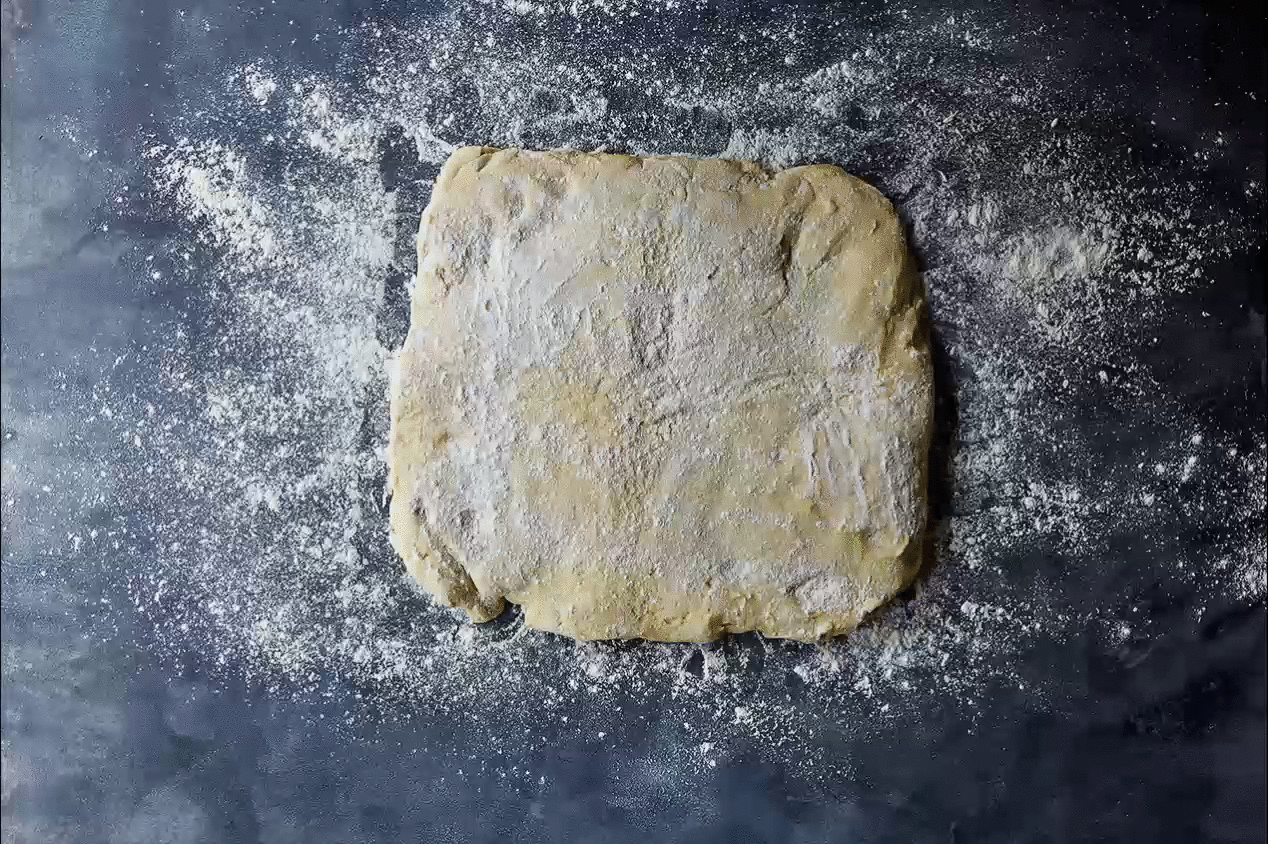
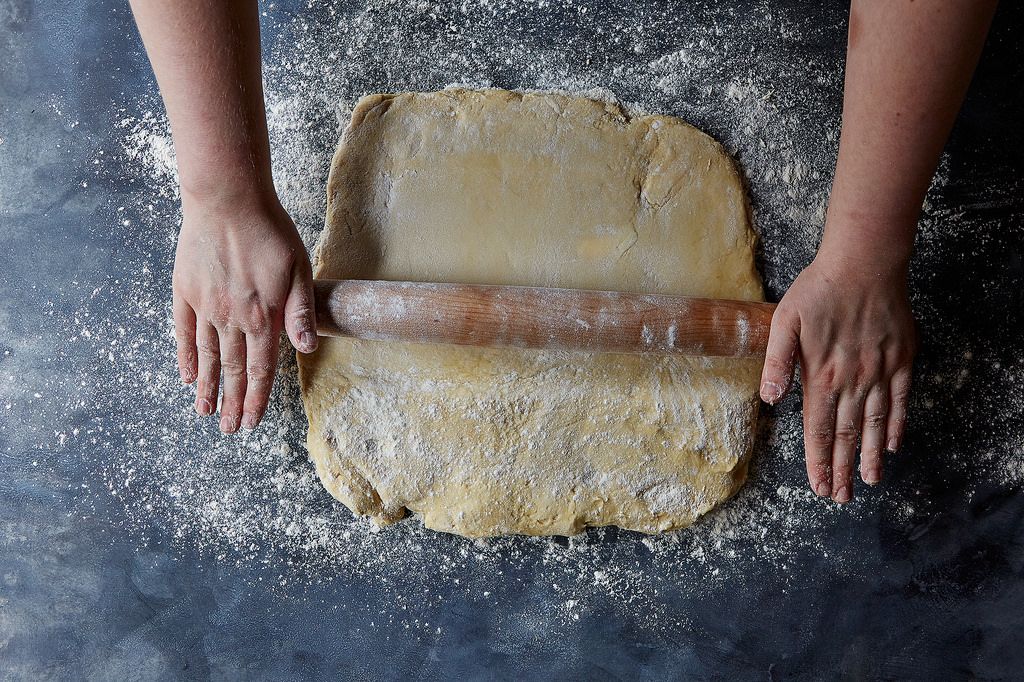
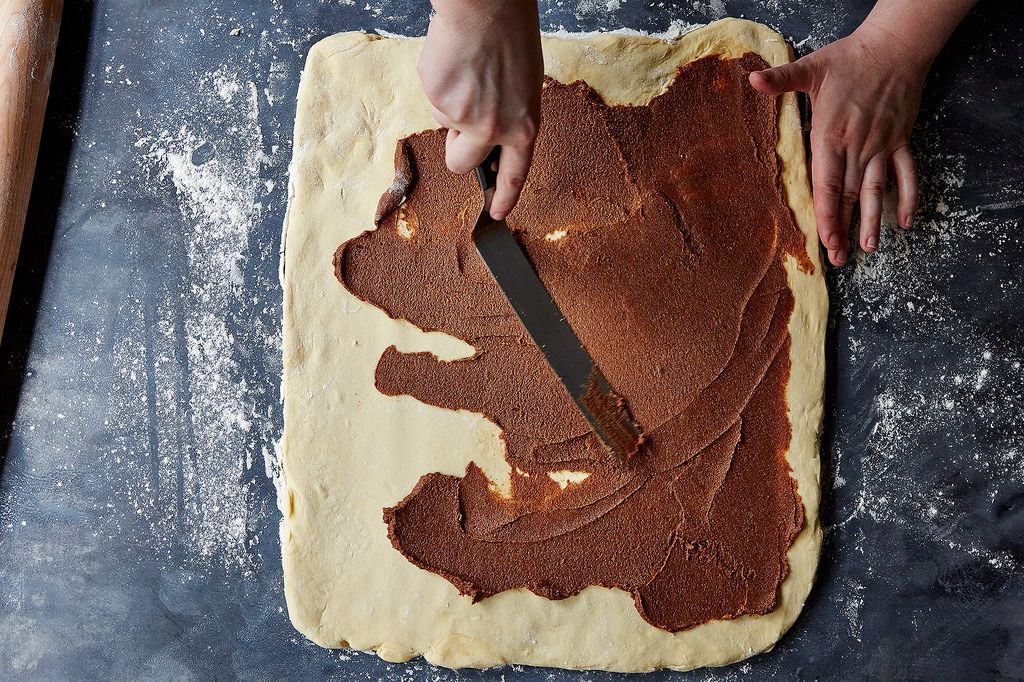
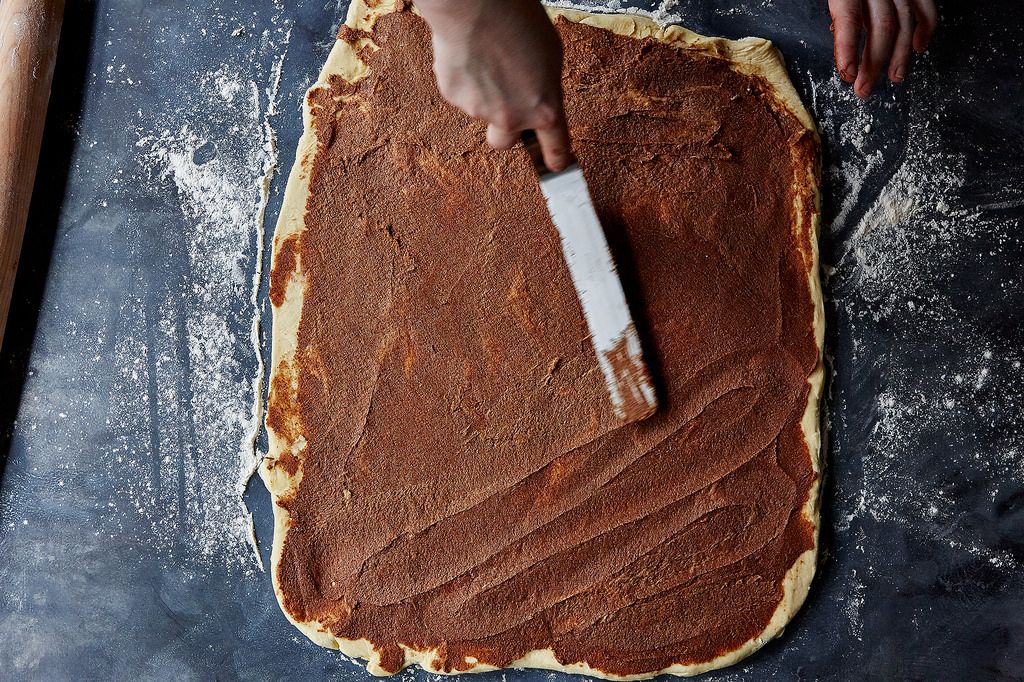
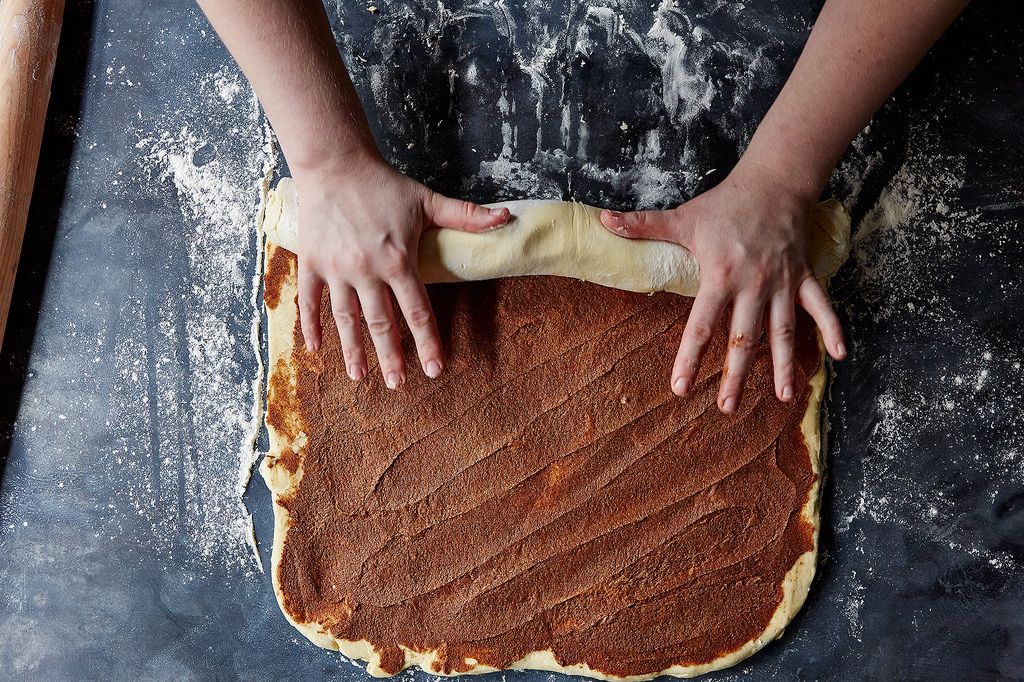
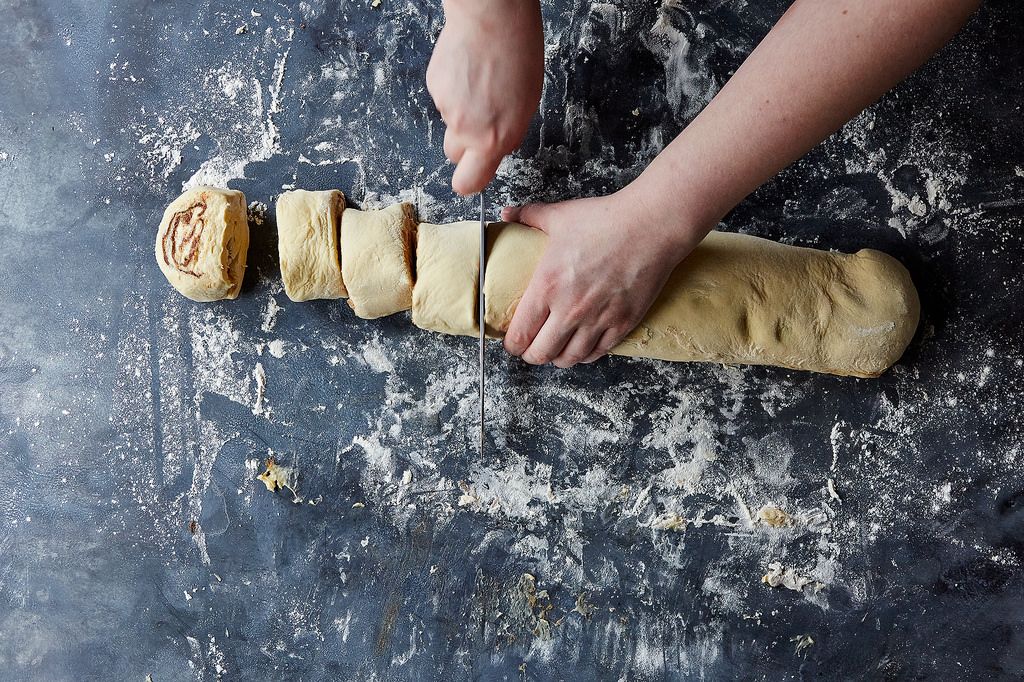

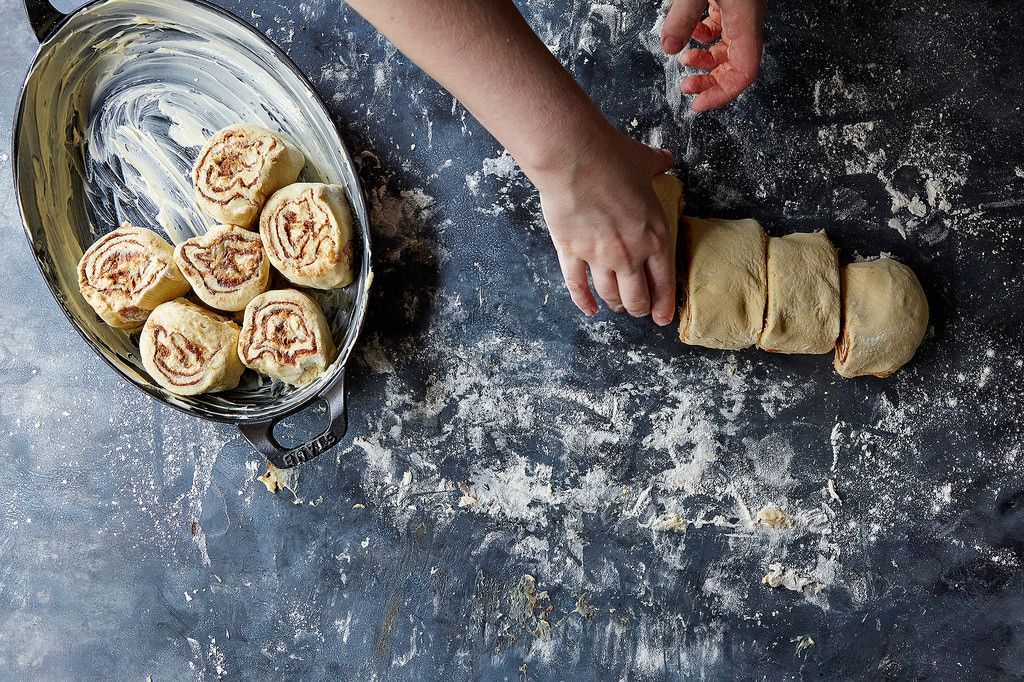
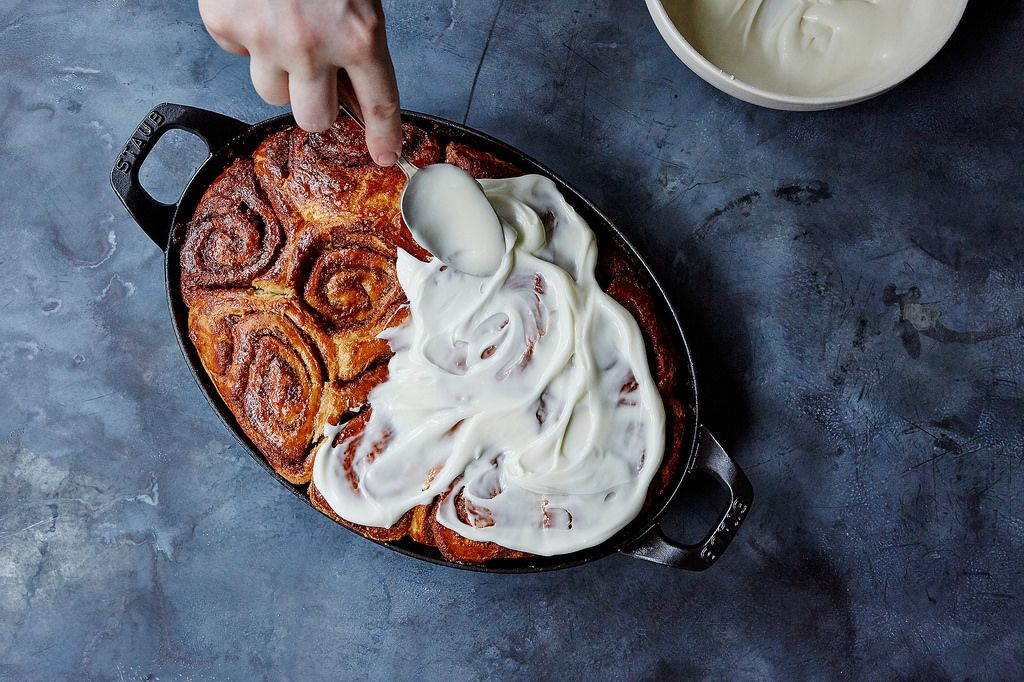
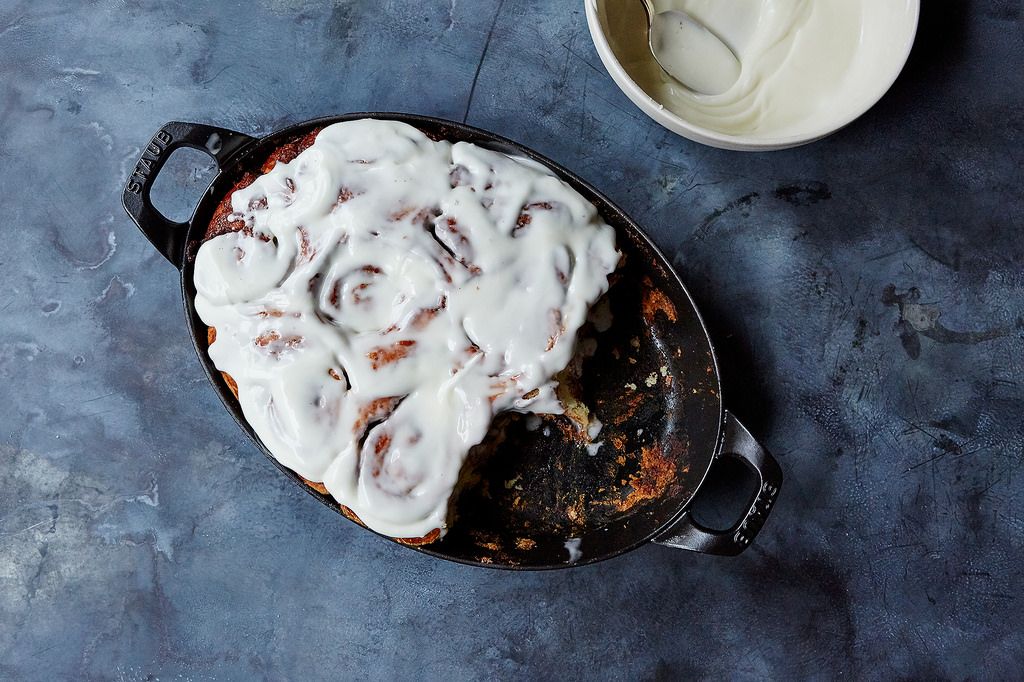


See what other Food52 readers are saying.